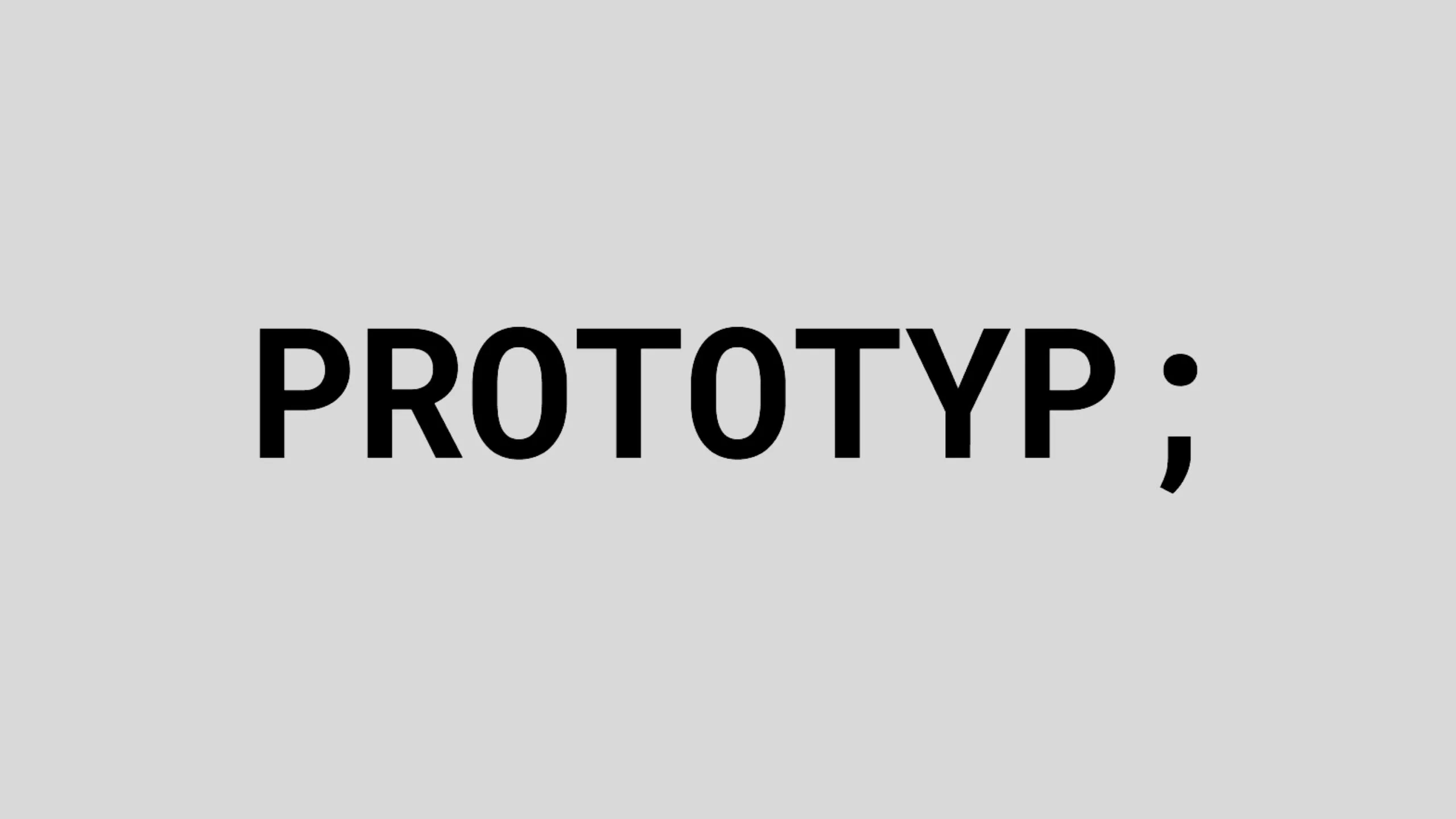PROTOTYP
Designing the future materially. Prototypes as communication media of the new.

Artefacts not only refer to a present. They are also inscribed with possible futures. They can, for example, express expectations of future salvation, technological feasibility, economic prosperity, sustainable practice or aesthetic innovation. In view of these diverse and sometimes contradictory expectations of the future, it seems extraordinarily promising to trace the traces of the possible in their material concretion. A particularly attractive access to this materially inscribed and performative futurity is offered by the study of prototypes. In prototypes, designers, artists and engineers give material form to a possible future. Prototypes are inherently unfinished artefacts that represent anticipated possibilities as experiential realities. Prototypes are thus temporally paradoxical: they represent an object to be realised in the future, with which they themselves, as a currently existing object, are not identical. How can this paradox be unfolded in practice? How can future materiality be communicated through present materiality? How are futures inscribed and read in objects? What are the specific communicative performances of prototypes that go beyond a textual or pictorial communication of the future? In short: How do prototypes communicate the future?
This is what the collaborative project will investigate and in doing so take up the central idea of the call for proposals: We want to decipher prototypical objects as active communication media in their own right. In addition to scientific exploitation, the results of the project will flow into an exhibition at the Deutsches Museum Nürnberg, which will make prototypical designs visible and build bridges between past and present futures.
Within the framework of the project, prototypes as Critical Design artefacts will be created, presented and discussed in a "research through design" process and evaluated with regard to their communicative and inspiring effect for specific target groups, e.g. as triggers for behavioural and attitudinal changes or own problem solutions. The focus on critical design prototypes ties in with the current discourse in design research, which postulates a stronger social responsibility of design disciplines and practices with regard to ethical aspects, "hidden agendas" and technology impacts in general, and considers "critical" prototypes as the communication tool of choice for discourse with consumers, citizens, politics and business. However, methodological studies on the design process of this specific class of prototypes are missing so far, both in terms of the creative process and the impact analysis in the confrontation with recipients.

Project management
Involved
Employees
Staff
Staff
Paula L. Schuster, M. A.
Academic assistant in the project DISA – Digitale Inklusion im Kontext Sozialer Angststörungen im Interaction Design Lab"
Other participants
Patrick Oswald
